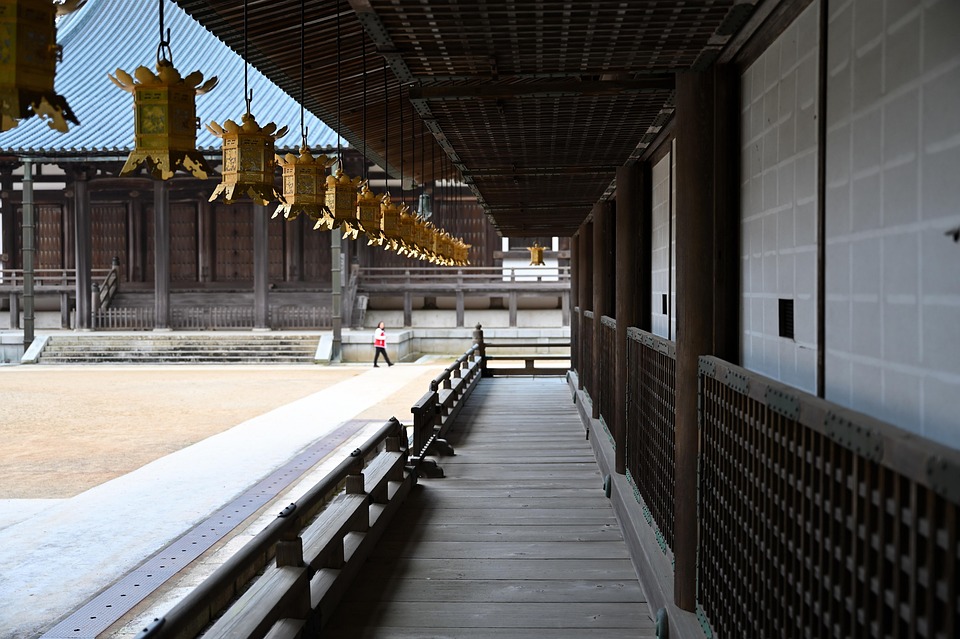Cultural Crossroads: The Impact of Trade and Travel Throughout History
The tapestry of human civilization is woven with the rich, vibrant threads of different cultures, ideas, and innovations brought together through trade and travel. As societies have interacted across geographical and temporal divides, they have not only exchanged goods but also shared knowledge, beliefs, lifestyles, and artistic expressions. This intricate dance of culture, often referred to as cultural crossroad dynamics, has shaped the world in profound ways throughout history.
The Ancient Silk Roads: Connecting East and West
One of the earliest and most significant channels of cultural exchange was the Silk Road, a network of trade routes that linked the East and West from the 2nd century BCE until the 14th century CE. It facilitated not just the transport of silks, spices, and precious metals, but also the exchange of ideas, religious beliefs, and technology.
Merchants and travelers traversed vast deserts and treacherous mountains, nurturing a mosaic of cultures along the way. The dissemination of Buddhism from India to East Asia, for instance, was heavily influenced by this trade network. Similarly, the spread of technologies, such as papermaking and gunpowder, transformed societies as they moved from one region to another.
The Silk Road was much more than just a trade route; it was a cultural conduit. It prompted the development of cosmopolitan centers like Samarkand and Bukhara, cities where diverse cultures collided and coalesced. Art, language, and culinary traditions evolved as people exchanged not only goods but also stories and knowledge, leading to hybrid cultures that enriched the human experience.
The Age of Exploration: New Worlds, New Ideas
The period of exploration in the 15th and 16th centuries marked another pivotal moment in global cultural exchange. As European powers sought new trade routes to India and the East Indies, they unintentionally uncovered vast continents, leading to an era of unprecedented contact between Europe, Africa, Asia, and the Americas.
This era was marked by significant cultural exchanges, albeit often violent and exploitative. The Columbian Exchange epitomized this exchange, where crops, animals, and diseases moved between the Old World and the New. Crops like potatoes, tomatoes, and maize transformed diets in Europe, leading to population surges that further fueled colonial ambitions.
Moreover, the movement of people, including enslaved Africans to the Americas, introduced Africa’s rich cultural legacies to the New World. This led to the emergence of new cultural forms, such as Afro-Caribbean music and cuisine, which blend African, European, and indigenous influences.
Trade Routes of the Atlantic World
The Atlantic trade networks established in the 17th and 18th centuries further transformed cultural landscapes. The triangular trade connected Europe, Africa, and the Americas, creating a complex web of economic and cultural interdependence.
In African coastal regions, European demand for slaves precipitated significant shifts in local societies and economies. In return, Africa contributed vibrant cultural elements to American life. From language to religion, the African diaspora enriched societies through the blending of traditions, often resulting in uniquely American cultural forms, such as jazz, blues, and a variety of religious practices like Vodou and Santería.
The Modern Era: Globalization and Cultural Fusion
In the 20th and 21st centuries, the speed of cultural exchange accelerated dramatically with advances in transportation and communication technologies. Air travel, the internet, and global trade agreements have made cultural exchange instantaneous and multifaceted.
Cultural products—from films to food—now circulate around the world faster than ever. International cuisine is a testament to this, as sushi, tacos, and curry become staples in places far removed from their origins. Nevertheless, this globalization also raises questions about cultural homogenization and the preservation of local identities.
Despite the challenges, cultural crossroad dynamics continue to thrive in our interconnected world. Festivals, art exhibitions, and cultural events today celebrate the fusion of traditions, demonstrating that cultural exchange is a powerful tool for fostering understanding and appreciation across different communities.
Conclusion
As history shows, trade and travel have served as pivotal forces in shaping cultures around the globe. From the ancient Silk Roads to modern globalization, the inevitable interactions between varied civilizations have fostered creativity, adaptability, and resilience. Acknowledging the impact of these cultural crossroads allows us to appreciate the shared heritage of humanity and emphasizes the importance of continued dialogue in a diverse world. In remembering our past, we can forge a more inclusive future, celebrating the beauty of our interconnected cultures.
[Modern footnote source link] is a placeholder for a source link that could provide additional resources or references related to this article.


























Add Comment